Home>Garden Essentials>What Is A Coriander Seed
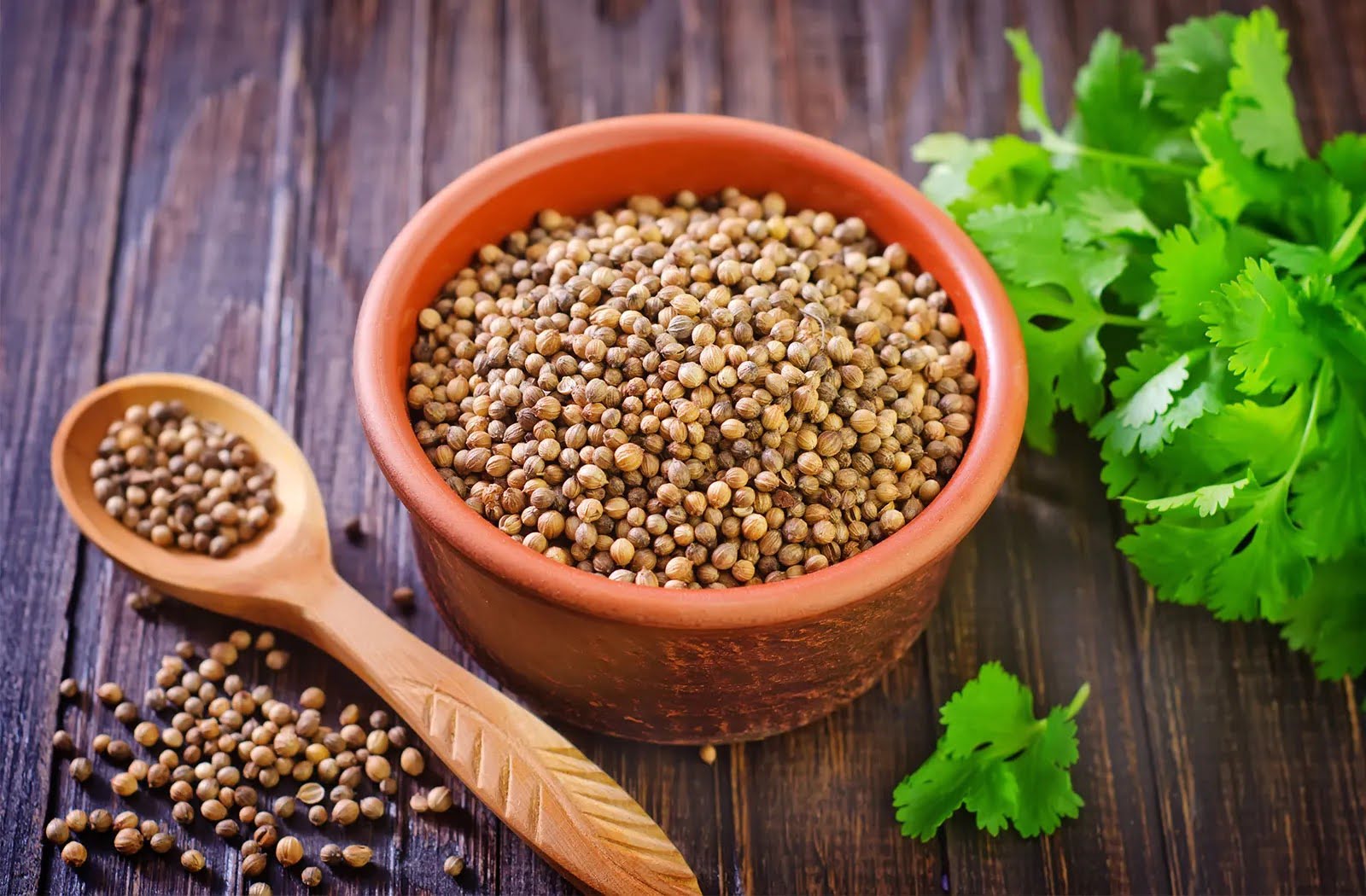

Garden Essentials
What Is A Coriander Seed
Modified: March 24, 2024
Learn all about coriander seeds in your garden and how to grow them successfully. Discover the benefits and culinary uses of this versatile herb.
(Many of the links in this article redirect to a specific reviewed product. Your purchase of these products through affiliate links helps to generate commission for Storables.com, at no extra cost. Learn more)
Introduction
Coriander seeds, also known as cilantro seeds or coriander, are a popular spice used in various cuisines around the world. Derived from the coriander plant (Coriandrum sativum), these small, round seeds possess a distinct flavor profile that adds depth and complexity to dishes.
Coriander seeds have been utilized for centuries, valued for their aromatic qualities and numerous health benefits. From Asian curries to Latin American salsas, coriander seeds are a staple ingredient in many traditional recipes. In addition to its culinary uses, coriander seeds are also known for their medicinal properties and nutritional value.
In this article, we will explore the fascinating world of coriander seeds, diving into their definition, culinary uses, medicinal properties, nutritional value, growing and harvesting techniques, and storage methods. Whether you are a seasoned chef or an enthusiastic home cook, understanding more about coriander seeds will help you enhance your dishes and incorporate their many benefits into your everyday life.
Key Takeaways:
- Coriander seeds are versatile and can be used in various dishes, from curries to baked goods, adding a warm, citrusy flavor. They also offer potential health benefits, such as anti-inflammatory and antioxidant properties.
- Growing and harvesting coriander seeds is relatively easy, and proper storage techniques can help maintain their flavor. Whether you’re a chef or a home cook, coriander seeds can elevate your culinary creations with their unique flavor profile.
Read more: What Are Coriander Seeds
Definition of Coriander Seed
Coriander seeds are the dried fruits of the coriander plant, scientifically known as Coriandrum sativum. The coriander plant itself is an annual herb that belongs to the Apiaceae family. It is native to regions in southern Europe, the Middle East, and parts of Asia.
The coriander plant produces delicate, feathery leaves that are commonly referred to as cilantro. While the leaves are commonly used as a fresh herb in many cuisines, it is the seeds that are dried and used as a spice.
Coriander seeds have a round shape, with a light brown to yellowish color. They are small in size, measuring approximately 3 to 5 millimeters in diameter. The surface of the seeds is slightly ridged, giving them a unique texture.
These seeds possess a warm, aromatic flavor with hints of citrus and earthiness. The scent is often described as a combination of lemon, sage, and pepper. The flavor of coriander seeds can vary slightly depending on the region and growing conditions.
Coriander seeds are commonly used in whole or ground form, depending on the desired outcome. Whole coriander seeds are often used in pickling, marinades, and spice blends. When ground, coriander seeds add a delightful flavor to curries, stews, soups, and baked goods.
Not only are coriander seeds widely used in culinary applications, but they also have significant cultural and historical importance. They have been used in traditional medicine systems for centuries and are believed to have various health benefits.
Now that we have established the definition of coriander seeds, let’s explore their culinary uses and how they can enhance the flavor of your dishes.
Culinary Uses of Coriander Seed
Coriander seeds are a versatile spice that adds a unique flavor and aroma to a wide range of dishes. Here are some popular culinary uses of coriander seeds:
- Spice Blends: Coriander seeds are often a key ingredient in spice blends. They contribute a warm, citrusy flavor that pairs well with other spices like cumin, turmeric, and paprika. Common examples of spice blends that include coriander seeds are garam masala, curry powder, and ras el hanout.
- Curry and Stews: Coriander seeds are frequently used in curries and stews, providing a deep, earthy flavor to the dish. They can be added whole or ground, depending on the desired intensity of the flavor.
- Pickling: The savory, slightly tangy flavor of coriander seeds makes them an excellent addition to pickling recipes. Whether you are pickling cucumbers, onions, or other vegetables, adding a few coriander seeds will enhance the overall flavor profile.
- Baking: Coriander seeds are not limited to savory dishes; they can also be used in baked goods. Ground coriander seeds can add a subtle, aromatic flavor to bread, cookies, cakes, and pastries.
- Marinades and Rubs: The warm and citrusy notes of coriander seeds make them a great addition to marinades and rubs for meat, poultry, and fish. Combine coriander seeds with other spices, herbs, and oil to create a flavorful marinade that will elevate the taste of your grilled or roasted dishes.
- Infused Oils: Create your own flavored oils by infusing them with coriander seeds. Simply crush or lightly toast the seeds and add them to a neutral oil like olive oil. Allow the flavors to infuse for a few days, and strain out the seeds. The resulting coriander-infused oil can be used for dressings, drizzling over roasted vegetables, or as a finishing touch on soups and stews.
These are just a few examples of how coriander seeds can be used in various culinary creations. Don’t be afraid to experiment and explore new ways to incorporate coriander seeds into your cooking. The unique flavor profile of coriander seeds will add depth and complexity to your dishes, taking them to a whole new level.
Medicinal Properties of Coriander Seed
Beyond their culinary uses, coriander seeds have long been recognized for their potential health benefits. Here are some of the medicinal properties associated with coriander seeds:
- Anti-inflammatory: Coriander seeds contain compounds such as linalool, alpha-pinene, and limonene, which possess anti-inflammatory properties. These properties may help reduce inflammation in the body and alleviate symptoms associated with inflammatory conditions like arthritis.
- Antioxidant: Coriander seeds are rich in antioxidants, including flavonoids, phenolic compounds, and vitamin C. Antioxidants help neutralize harmful free radicals and protect cells from oxidative damage, which is linked to various chronic diseases, including heart disease and cancer.
- Digestive Aid: Traditionally, coriander seeds have been used in traditional medicine as a digestive aid. They may help stimulate digestive enzymes and improve digestion. The carminative properties of coriander seeds may also help alleviate symptoms like bloating, gas, and indigestion.
- Cholesterol Management: Some studies suggest that coriander seeds may help regulate cholesterol levels. The seeds contain compounds that may increase HDL (good) cholesterol and decrease LDL (bad) cholesterol, reducing the risk of heart disease.
- Diabetes Management: Coriander seeds have been found to have hypoglycemic properties, which means they may help regulate blood sugar levels. They may improve insulin sensitivity and decrease glucose absorption, making them potentially beneficial for individuals with diabetes.
- Anti-microbial: The essential oils found in coriander seeds, such as linalool and camphor, exhibit antimicrobial properties. They may help inhibit the growth of certain bacteria and fungi, making coriander seeds a potential natural remedy for microbial infections.
It’s important to note that while coriander seeds show promise in these areas, more research is needed to fully understand their therapeutic potential and appropriate dosage. As with any herbal remedy, it’s always advisable to consult with a healthcare professional before using coriander seeds for medicinal purposes, especially if you have any underlying health conditions or are taking medications.
Now that we’ve explored the medicinal properties of coriander seeds, let’s delve into their nutritional value and the abundance of nutrients they offer.
Nutritional Value of Coriander Seed
Coriander seeds not only provide a burst of flavor to your dishes but also offer a range of essential nutrients. Here is a breakdown of the nutritional value of coriander seeds:
1. Macronutrients: Coriander seeds are a good source of carbohydrates, providing energy for the body. They also contain a modest amount of protein and dietary fiber, which can promote feelings of fullness and aid in digestion.
2. Vitamins: Coriander seeds are rich in vitamins, particularly vitamin C and vitamin K. Vitamin C is an essential antioxidant that supports immune function and collagen production. Vitamin K plays a vital role in blood clotting and bone health.
3. Minerals: Coriander seeds are a good source of minerals like iron, magnesium, and manganese. Iron is necessary for the production of red blood cells, while magnesium contributes to muscle and nerve function. Manganese is involved in bone formation and antioxidant activity.
4. Antioxidants: Coriander seeds contain various antioxidants, including flavonoids and phenolic compounds. These antioxidants help protect cells from damage caused by harmful free radicals and can have a positive impact on overall health.
5. Essential Oils: Coriander seeds are known for their essential oil content, which contributes to their distinct aroma and flavor. Essential oils like linalool and alpha-pinene exhibit potential health benefits, such as anti-inflammatory and antimicrobial properties.
6. Phytonutrients: Coriander seeds contain phytonutrients such as quercetin, apigenin, and kaempferol. These compounds have antioxidant and anti-inflammatory properties and may play a role in reducing the risk of chronic diseases like heart disease and cancer.
Incorporating coriander seeds into your diet can be a nutritious way to enhance the flavor of your meals while reaping the benefits of these valuable nutrients.
Next, let’s explore how to grow and harvest coriander seeds, whether you have a small herb garden or a larger outdoor space.
Coriander seeds are the dried seeds of the cilantro plant. They have a citrusy, nutty flavor and are commonly used in Indian, Middle Eastern, and Latin American cuisines. Grind them for a fresh flavor in your dishes.
Read more: What To Use Coriander Seeds For
Growing and Harvesting Coriander Seed
If you’re interested in cultivating your own coriander seeds, you’ll be glad to know that they are relatively easy to grow and harvest. Here are some tips to help you get started:
1. Planting: Coriander plants prefer cool climates and well-drained soil. You can start by either directly sowing the seeds in the garden or transplanting seedlings. Choose a sunny or partially shaded spot in your garden or use containers if you have limited space.
2. Watering: Coriander plants need consistent moisture, so make sure to water them regularly. Avoid overwatering, as this can lead to root rot. The soil should be moist but not waterlogged.
3. Fertilizing: Adding compost or organic matter to the soil before planting can help provide necessary nutrients for healthy growth. You can also apply a balanced organic fertilizer during the growing season, following the instructions on the package.
4. Pruning and Thinning: As coriander plants grow, you may need to thin them out to ensure proper airflow and prevent overcrowding. This will give the remaining plants room to grow and develop robust seeds. You can also trim off any yellowing or damaged leaves to promote healthier growth.
5. Harvesting Leaves: As the coriander plants grow, you can start harvesting the leaves when they reach a suitable size. Snip off the outer leaves as needed, allowing the central leaves to regrow. Harvesting the leaves regularly will encourage continuous growth and provide you with fresh cilantro for your culinary needs.
6. Harvesting Seeds: As the coriander plants start to mature, you can harvest the seeds. Allow the plant to flower and then wait for the flowers to fade and transform into seed pods. The pods will turn brown and begin to dry out. At this stage, gently cut the seed heads and place them in a paper bag to continue drying in a cool, dry location. Once the seeds are fully dry, gently crush the seed heads or use your hands to separate the seeds from the pods.
7. Storing Seeds: Store the harvested coriander seeds in an airtight container in a cool, dark place. Properly stored seeds can remain flavorful for up to a year.
By following these steps, you can enjoy the satisfaction of growing and harvesting your own coriander seeds, ensuring a fresh and abundant supply for your culinary adventures.
Now that you have harvested your coriander seeds, it’s important to know how to store and preserve them to maintain their quality and flavor.
Storing and Preserving Coriander Seed
Proper storage and preservation techniques are essential to maintain the flavor and quality of coriander seeds. Here are some tips to help you store and preserve your coriander seeds:
1. Drying: Before storing coriander seeds, ensure they are fully dry. Spread the harvested seeds in a single layer on a clean, dry surface and allow them to air dry for a few days. This helps remove any residual moisture, preventing mold or spoilage during storage.
2. Airtight Containers: Once the coriander seeds are dry, transfer them to airtight containers. Glass jars with tight-fitting lids or resealable plastic bags work well. Make sure the containers are clean and dry to prevent moisture from entering and spoiling the seeds.
3. Cool and Dark Storage: Store the coriander seed containers in a cool, dark place such as a pantry or cupboard. Exposure to heat and light can degrade the flavor and quality of the seeds over time.
4. Whole versus Ground: It’s recommended to store coriander seeds in their whole form for longer shelf life. Ground coriander tends to lose its flavor more quickly. Therefore, it’s best to grind the seeds as needed to preserve their freshness and aroma.
5. Labeling and Date: To ensure freshness, label the containers with the date of storage. This makes it easier to keep track of how long the coriander seeds have been stored and when it’s time to replenish your stock.
6. Freezing: If you have a large quantity of coriander seeds that you won’t be able to use within a year, freezing them can help extend their shelf life. Place the seeds in an airtight container or freezer bags and store them in the freezer. Frozen coriander seeds can maintain their flavor for up to two years.
7. Grinding Fresh: For the best flavor, consider grinding coriander seeds fresh right before using them in your recipes. This helps preserve the aromatic oils and ensures a more robust and flavorful experience.
By following these storage and preservation guidelines, you can enjoy the full flavor and aroma of your coriander seeds for an extended period. Whether you use them in spice blends, curries, or as a garnish, properly stored coriander seeds will elevate your culinary creations.
Now that we’ve explored how to store and preserve coriander seeds, let’s address some frequently asked questions about this versatile spice.
Frequently Asked Questions about Coriander Seed
1. Can I substitute ground coriander for whole coriander seeds in recipes?
Yes, you can substitute ground coriander for whole coriander seeds in recipes. However, keep in mind that ground coriander may have a stronger flavor, so you may want to use slightly less than the amount specified for whole seeds.
2. How long do coriander seeds last?
If stored properly in airtight containers in a cool, dark place, coriander seeds can retain their flavor for up to one year. However, for the best flavor, it is recommended to use them within six months.
3. Are coriander seeds and cilantro the same thing?
No, coriander seeds and cilantro are not the same thing, although they come from the same plant. Coriander seeds are the dried fruits of the coriander plant, while cilantro refers to the fresh leaves and stems of the same plant.
4. Can coriander seeds be used in sweet dishes?
While coriander seeds are more commonly used in savory dishes, they can also add a unique twist to certain sweet recipes. Ground coriander seeds can be used in cookies, cakes, and fruit desserts to add a subtle citrusy flavor.
5. Can I grow coriander indoors?
Yes, coriander can be grown indoors if provided with sufficient light and proper growing conditions. Choose a sunny spot near a window and ensure the plants receive at least six hours of sunlight each day. Use well-draining soil and water the plants regularly.
6. Can I harvest coriander seeds from store-bought cilantro?
Yes, you can harvest coriander seeds from store-bought cilantro. Allow the cilantro plant to flower, then wait for the flowers to fade and seed pods to form. The pods will eventually dry out and turn brown, indicating that the seeds are ready for harvest.
7. Are coriander seeds gluten-free?
Yes, coriander seeds are naturally gluten-free and can be safely consumed by individuals with gluten sensitivities or celiac disease.
These are just a few common questions that people have about coriander seeds. If you have any other queries or need more information, feel free to consult a culinary expert or horticulturist to guide you further.
Now that we have covered the frequently asked questions, let’s conclude our journey through the world of coriander seeds.
Conclusion
Coriander seeds, with their unique flavor and versatility, have become a beloved spice in kitchens around the world. From their aromatic presence in curry powders to their use in pickling and baking, coriander seeds add depth and complexity to a wide range of dishes. Not only do they enhance the flavor of our culinary creations, but they also offer potential health benefits.
Throughout history, coriander seeds have been recognized for their medicinal properties. From their anti-inflammatory and antioxidant properties to their potential in supporting digestion and cholesterol management, coriander seeds have been valued in traditional medicine systems.
Coriander seeds also pack a nutritional punch, containing vitamins, minerals, antioxidants, and essential oils. Incorporating coriander seeds into your diet can provide you with these valuable nutrients and add a delightful flavor to your meals.
If you’re interested in growing your own coriander seeds, you’ll be delighted to know that they are relatively easy to cultivate. With the right conditions, proper watering, and harvesting techniques, you can enjoy the satisfaction of growing and harvesting your own coriander seeds, ensuring a fresh and abundant supply.
To fully enjoy the flavor and aroma of coriander seeds, it’s important to store and preserve them correctly. Proper drying, airtight containers, and cool storage conditions will help maintain the quality of the seeds for an extended period.
Whether you’re a seasoned chef or a passionate home cook, incorporating coriander seeds into your culinary repertoire can elevate your dishes to new heights. The warm, citrusy, and earthy flavors of coriander seeds are sure to leave a lasting impression on your taste buds.
So, next time you’re in the kitchen, reach for the coriander seeds and explore the vast possibilities they offer. From savory curries to aromatic spice blends, coriander seeds are a delightful addition to any dish, adding a touch of magic to your culinary creations.
Frequently Asked Questions about What Is A Coriander Seed
Was this page helpful?
At Storables.com, we guarantee accurate and reliable information. Our content, validated by Expert Board Contributors, is crafted following stringent Editorial Policies. We're committed to providing you with well-researched, expert-backed insights for all your informational needs.
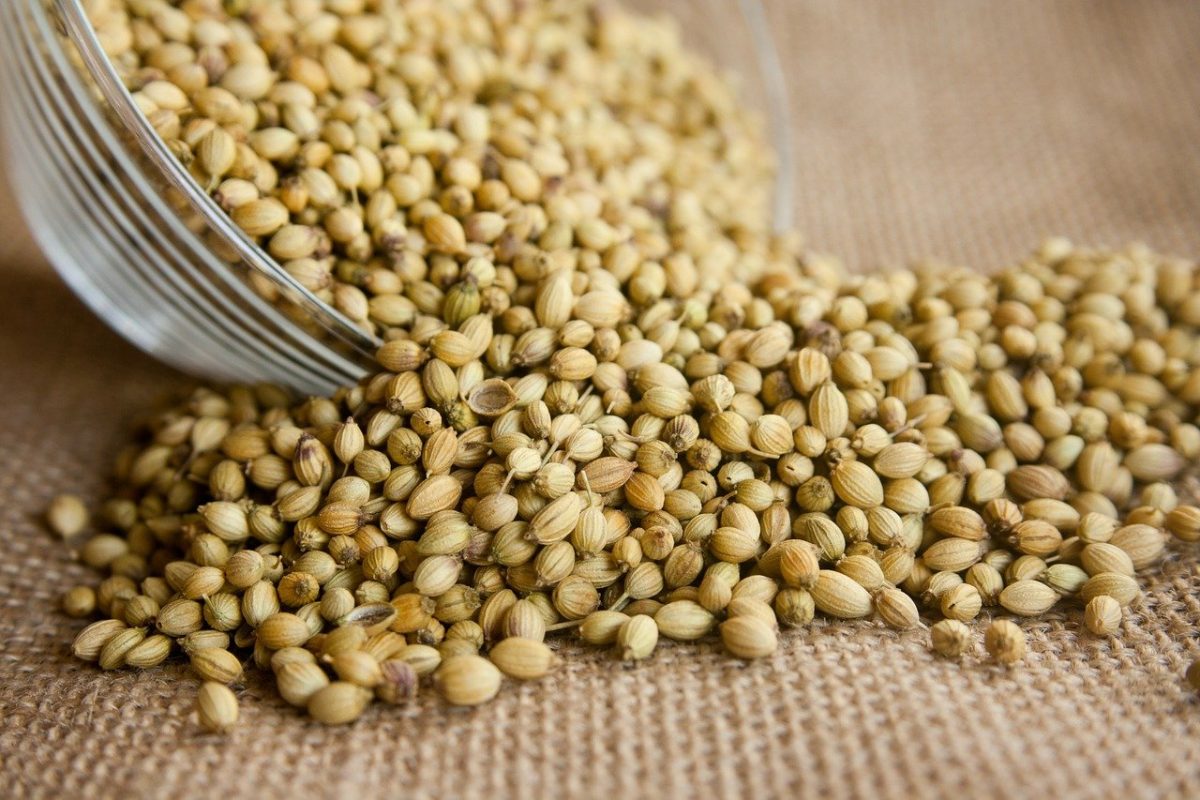
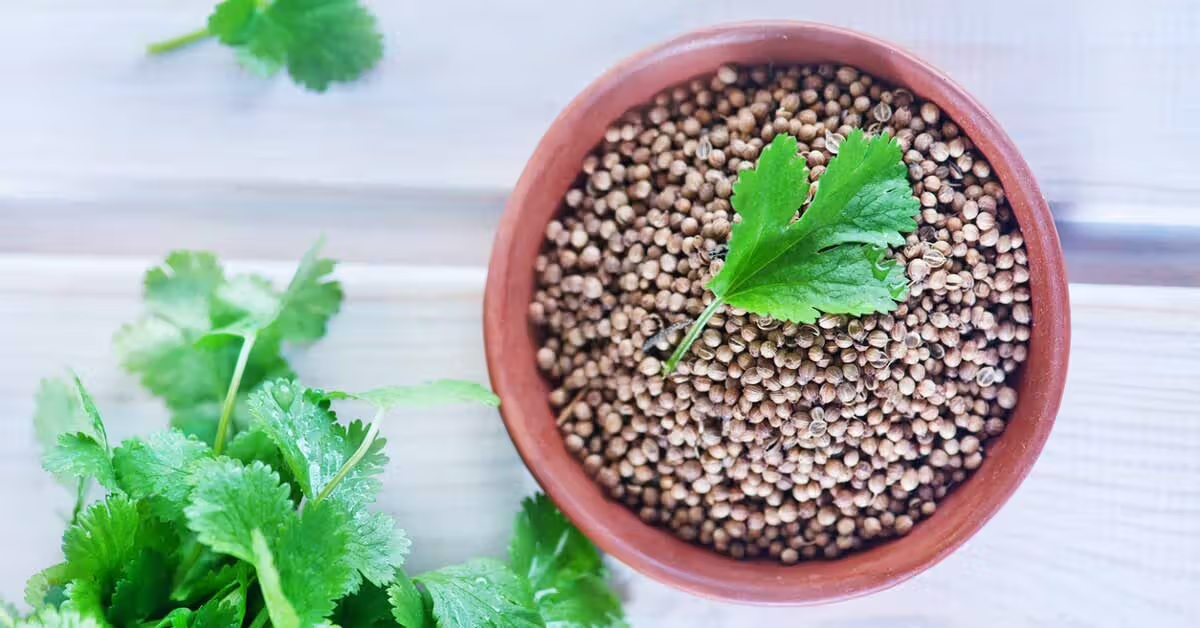
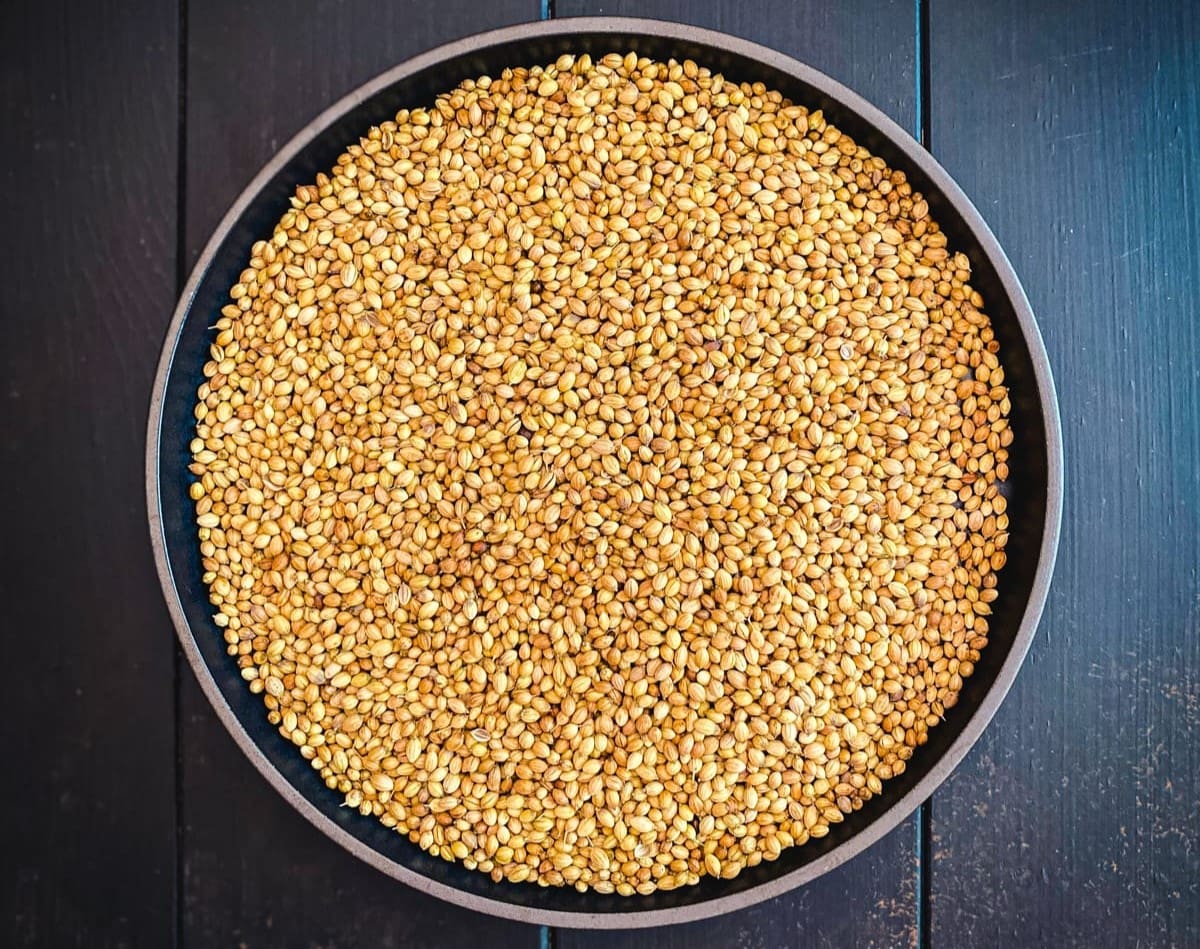
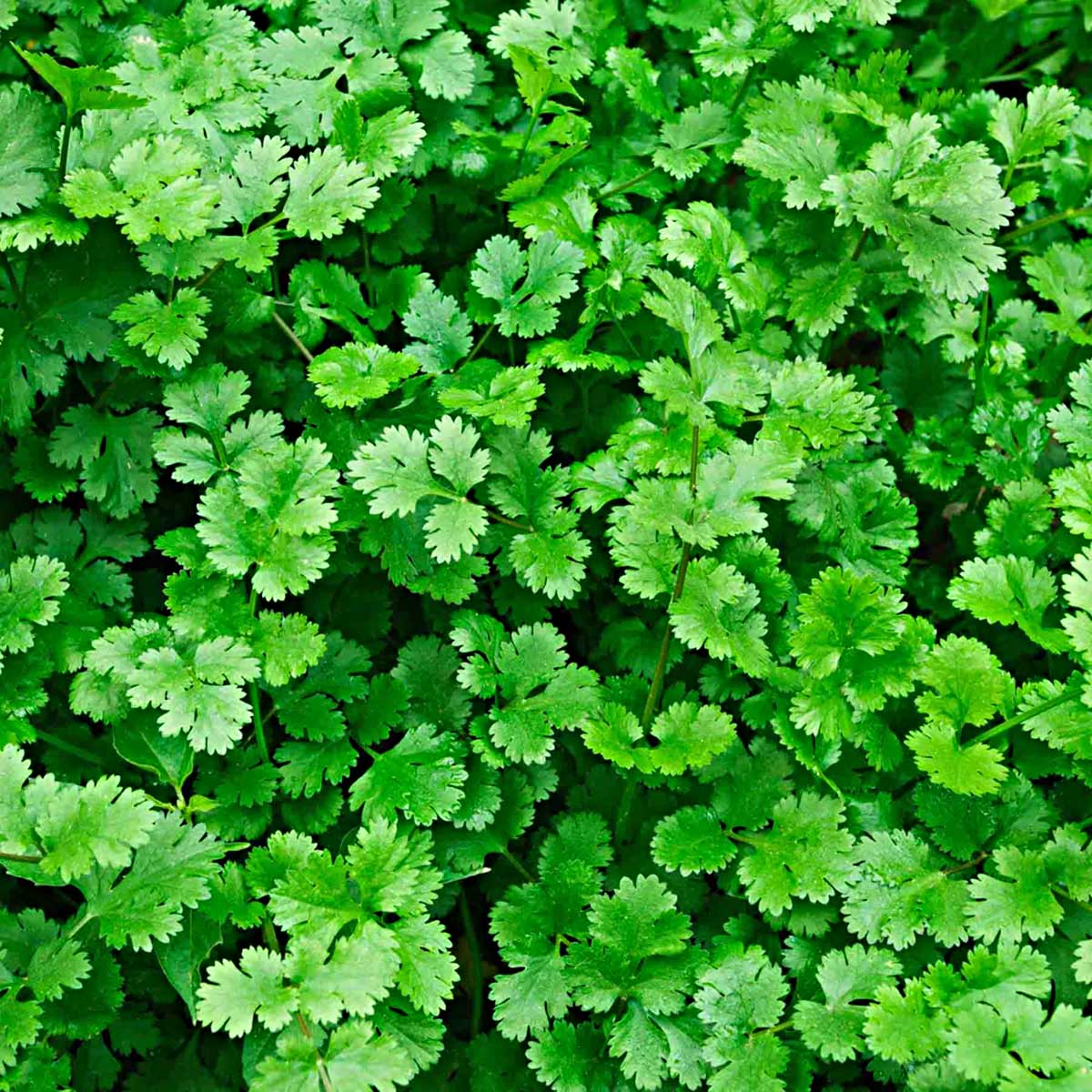
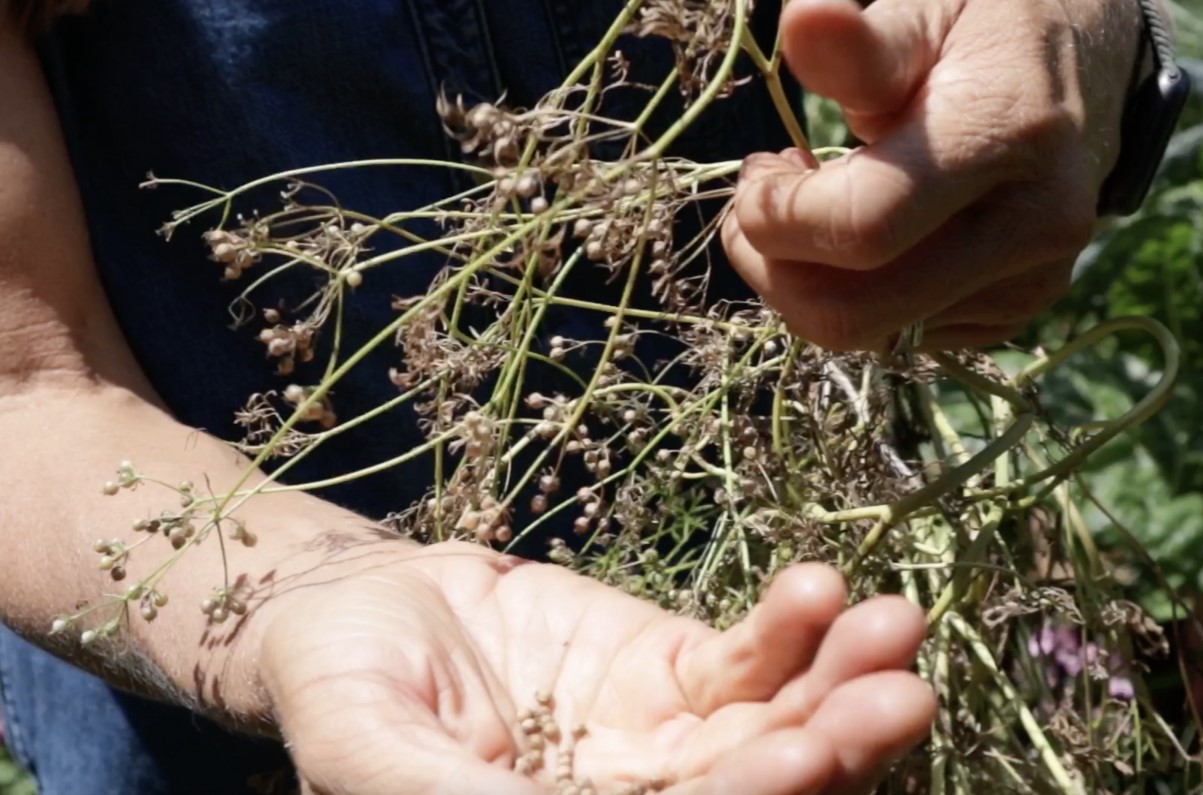
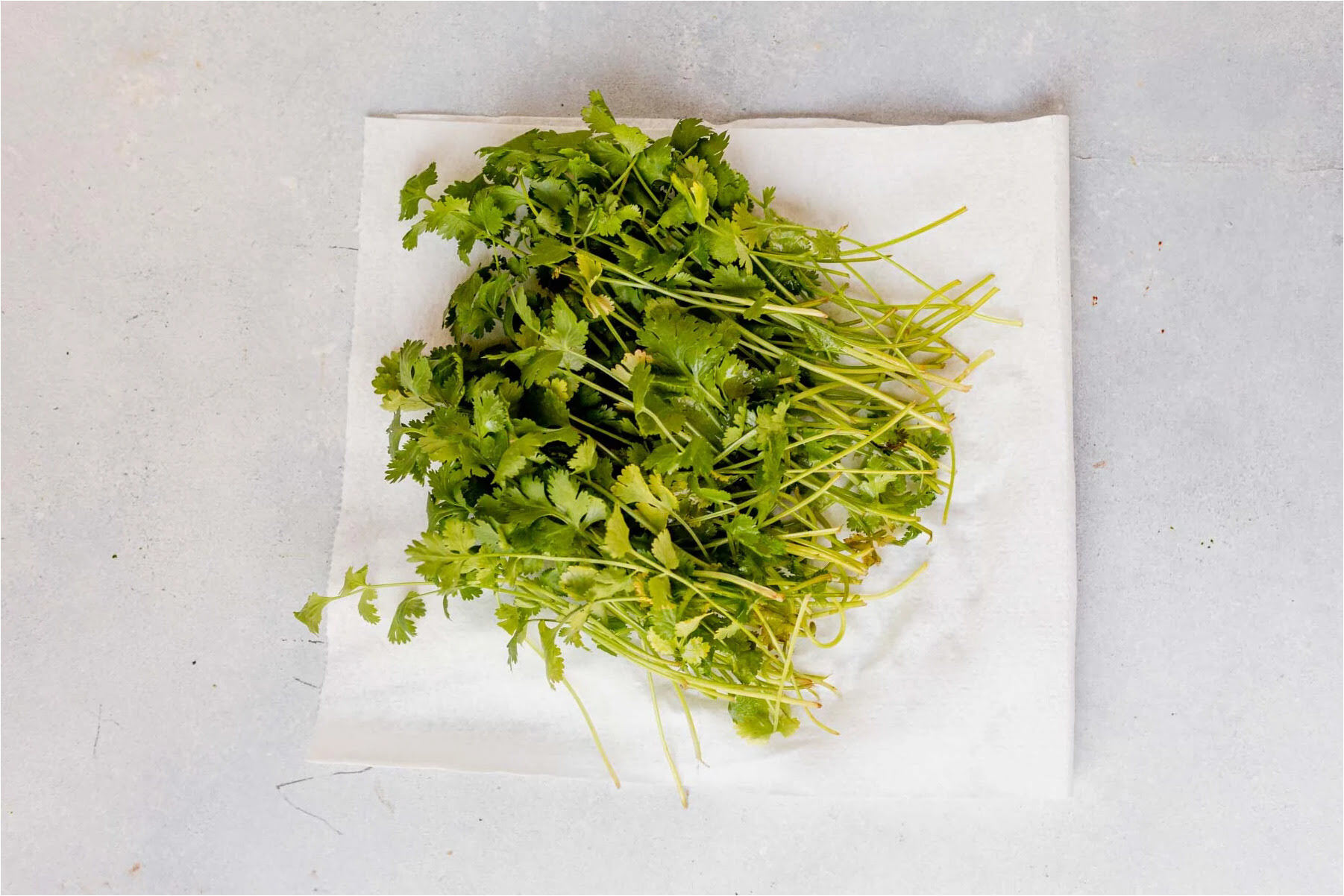
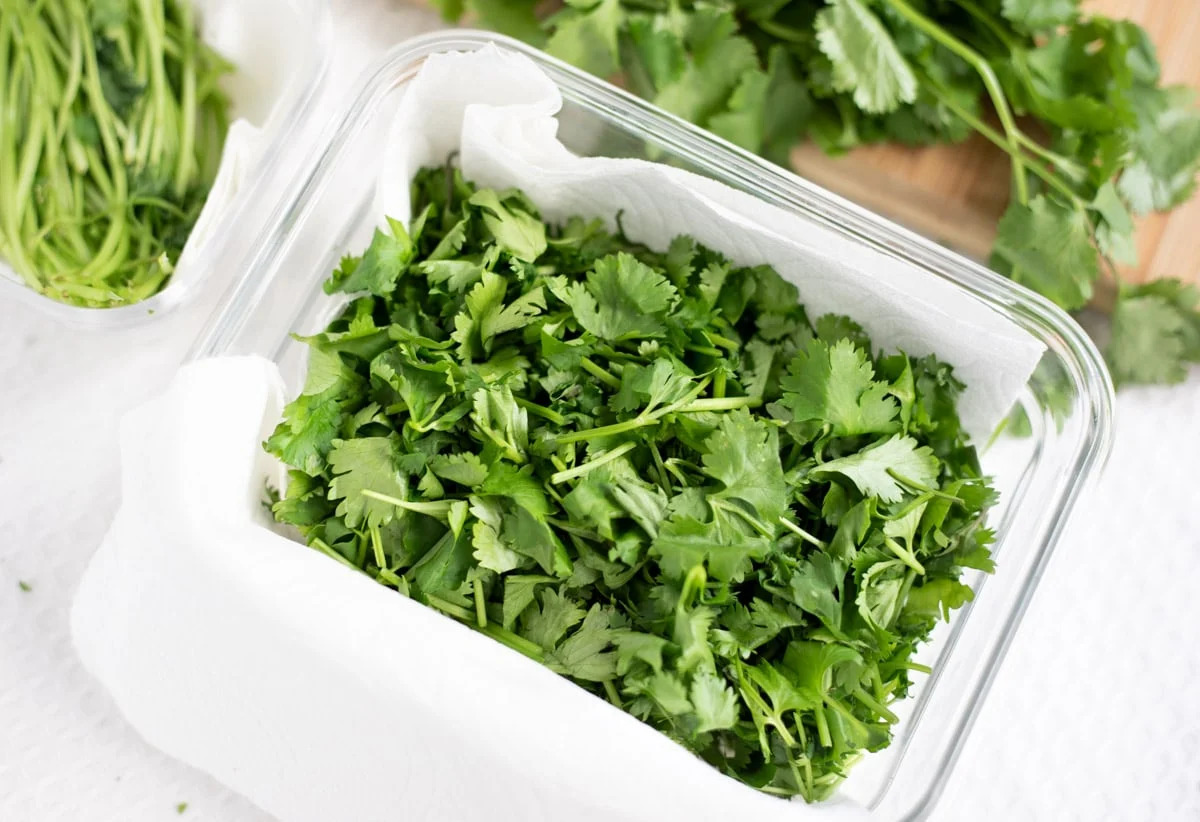
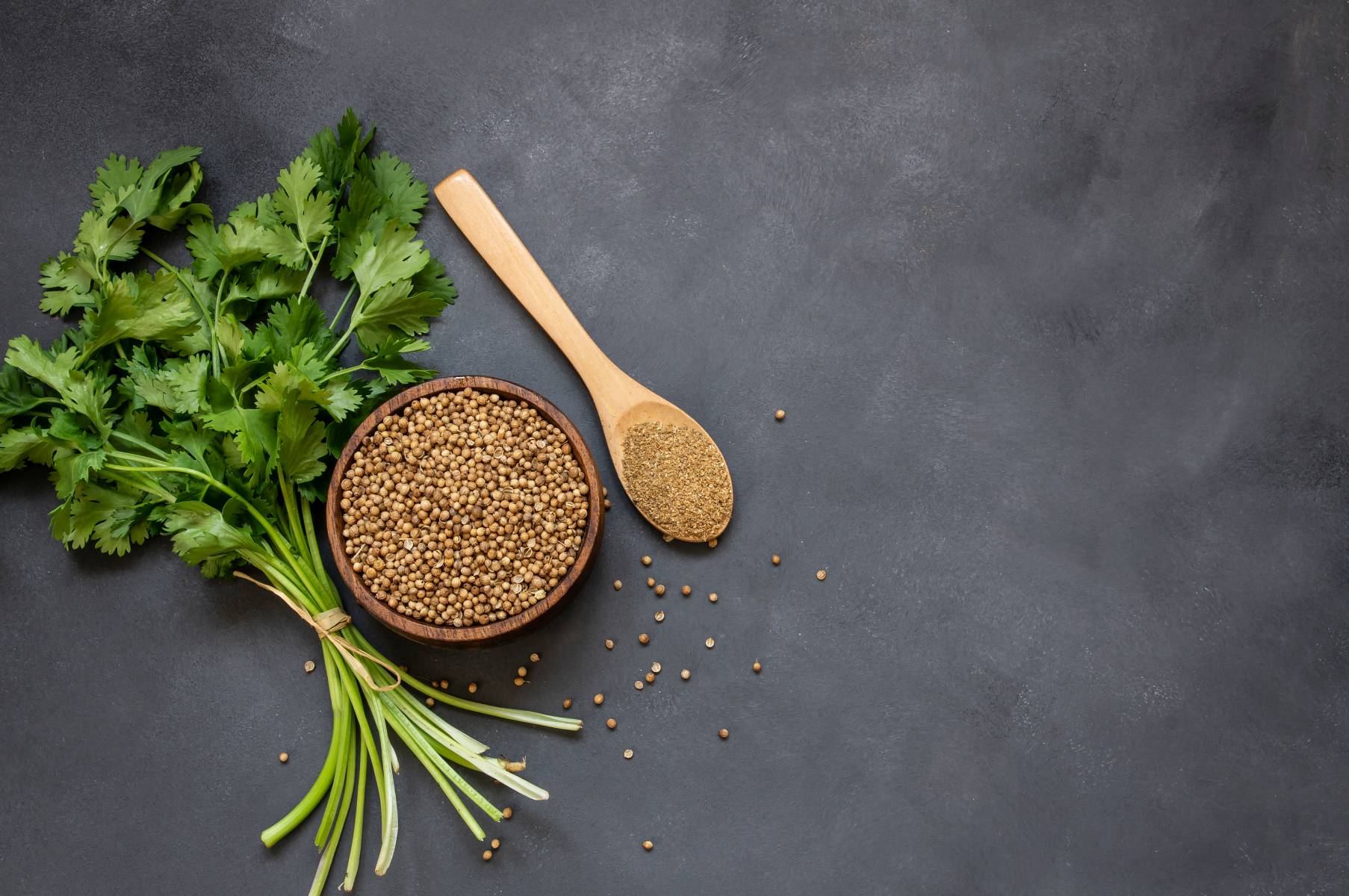
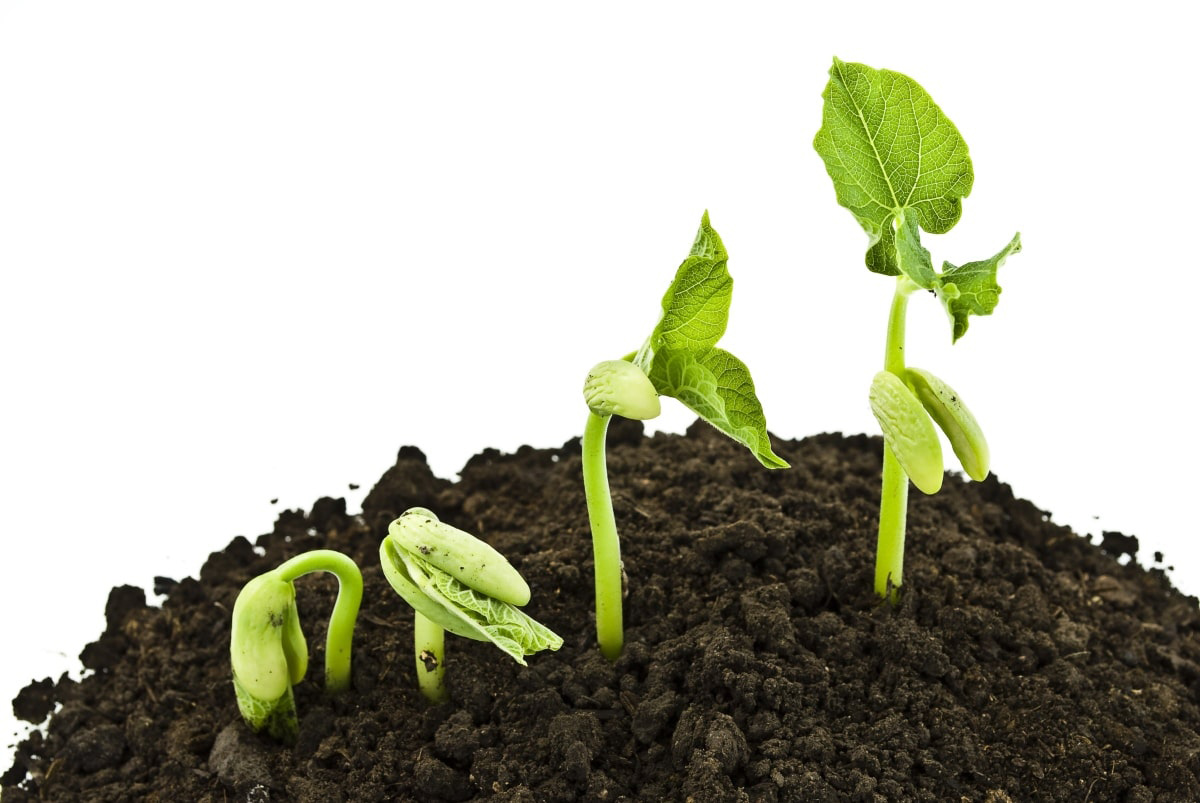
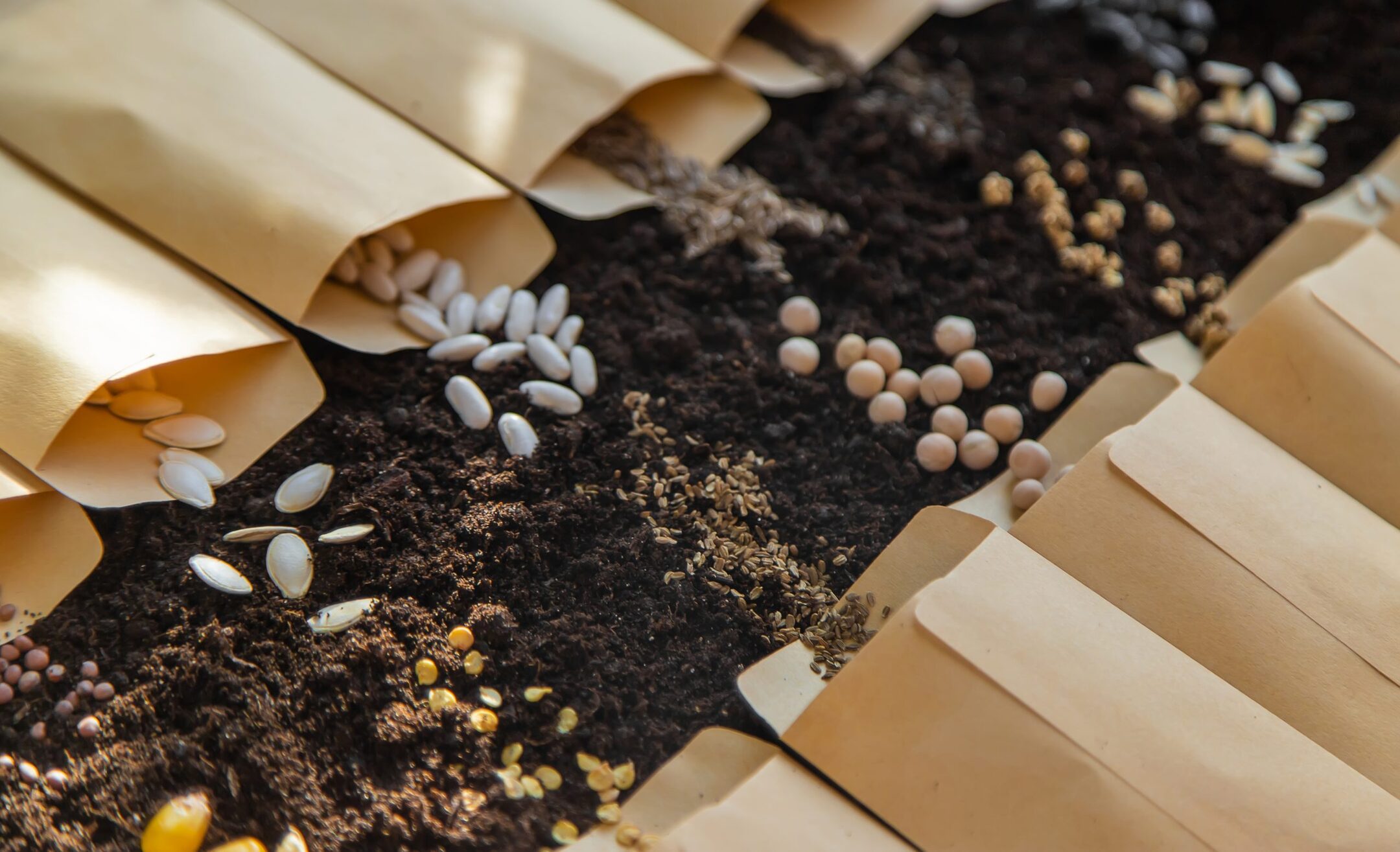
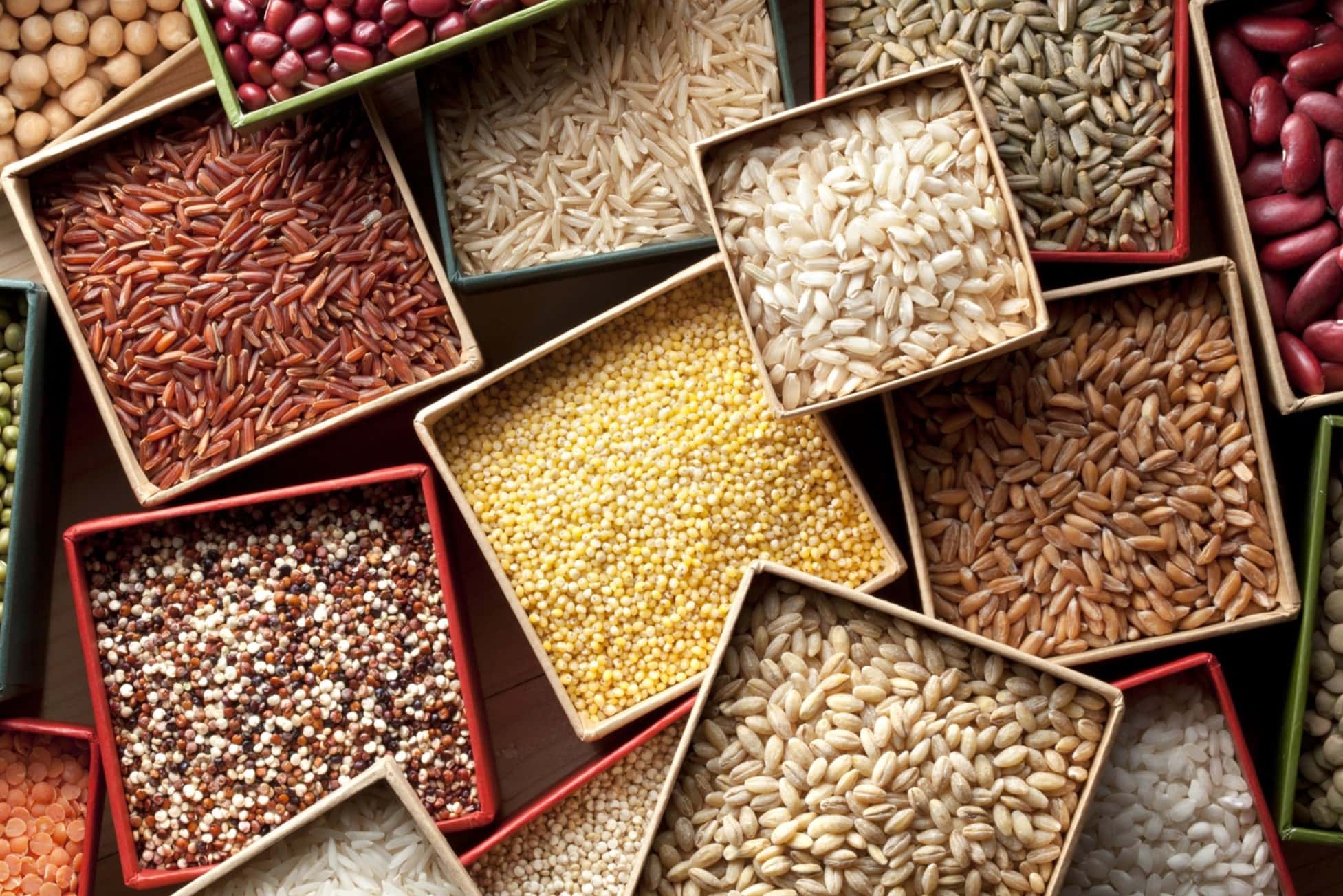
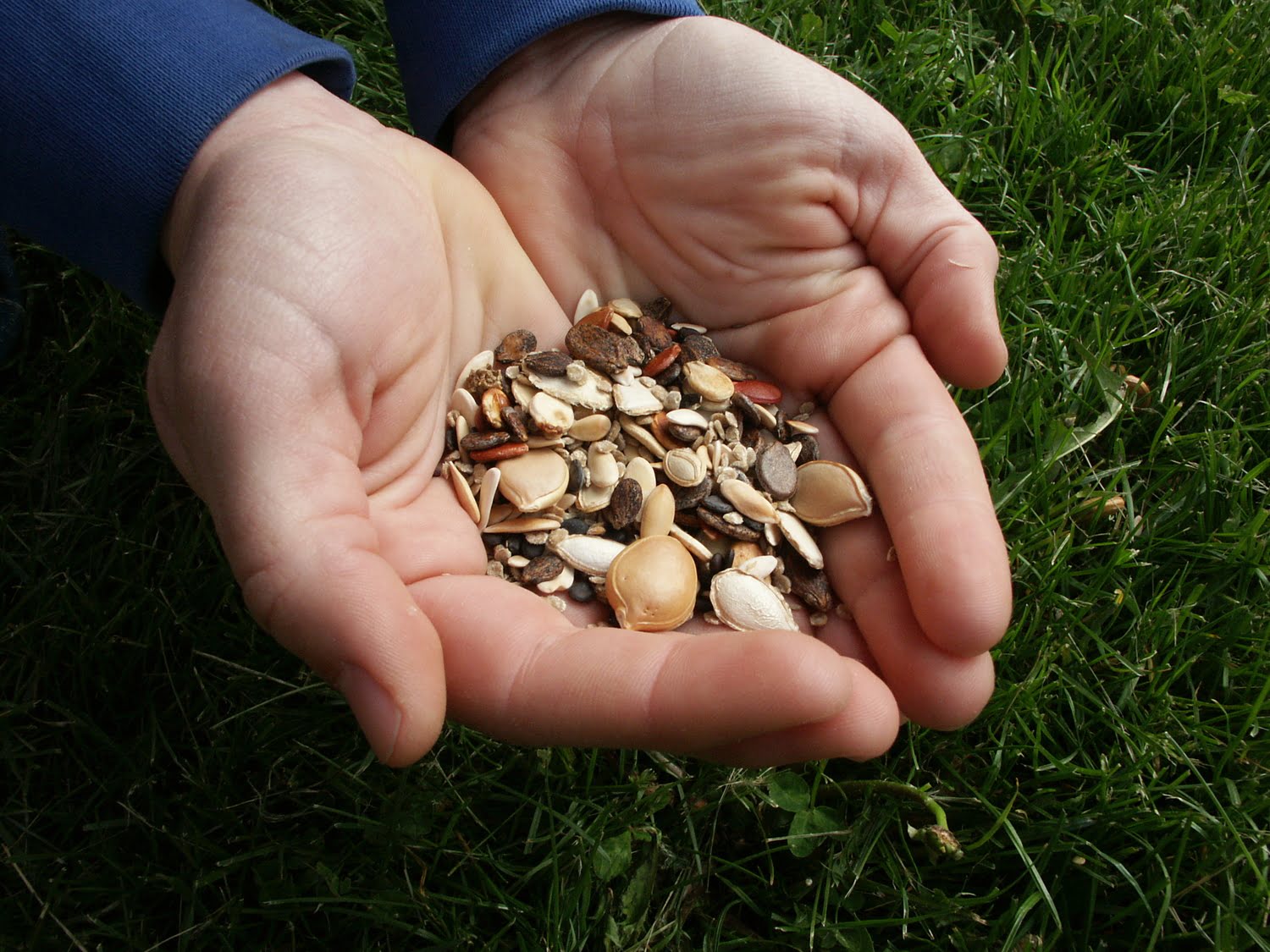
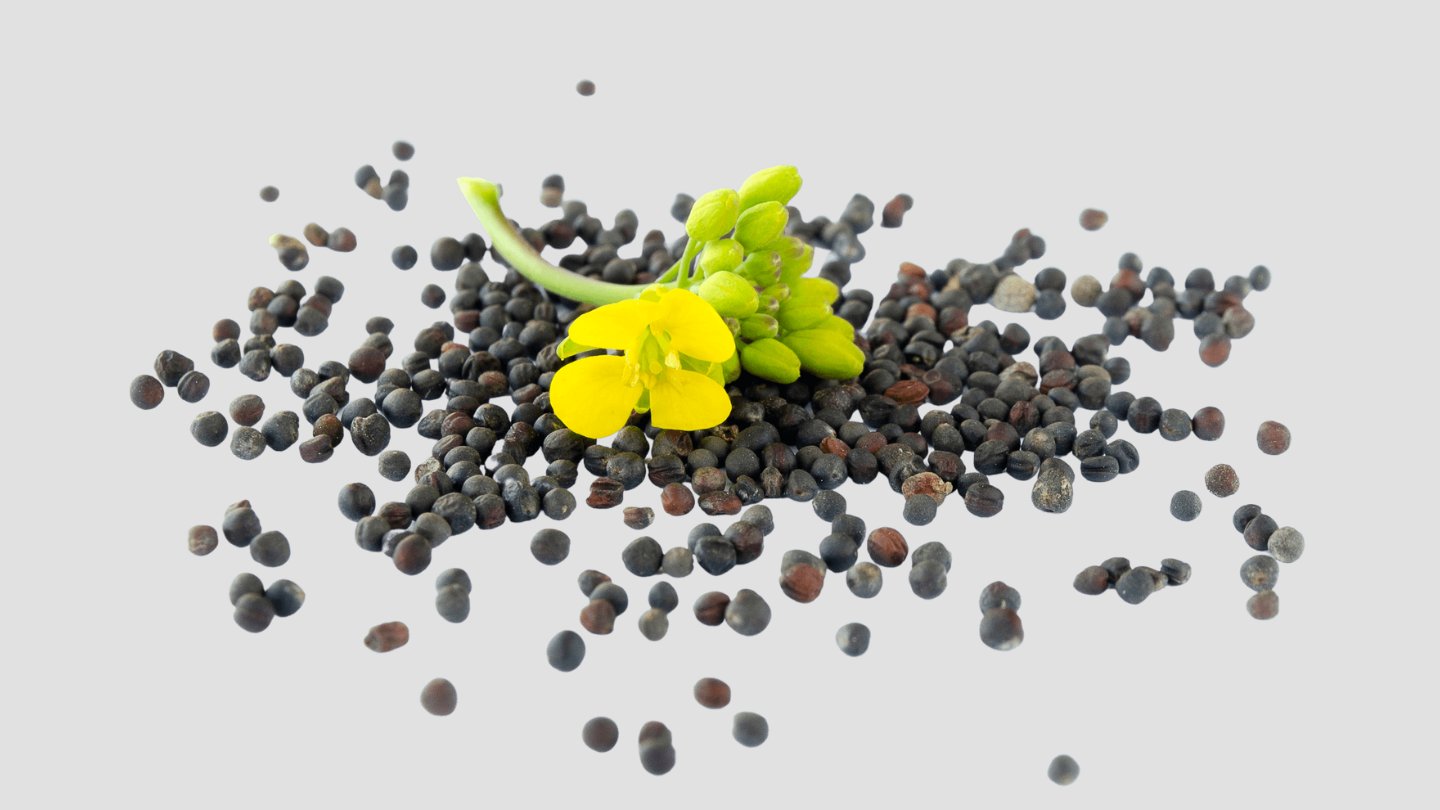


0 thoughts on “What Is A Coriander Seed”